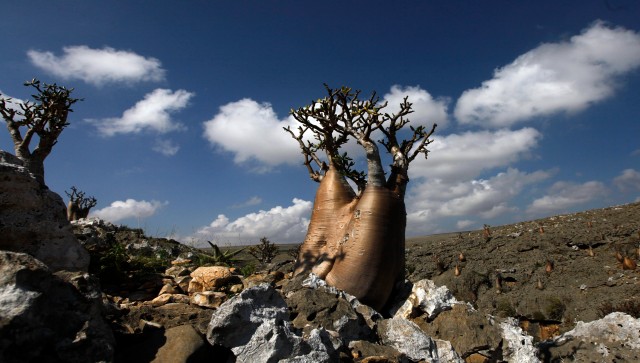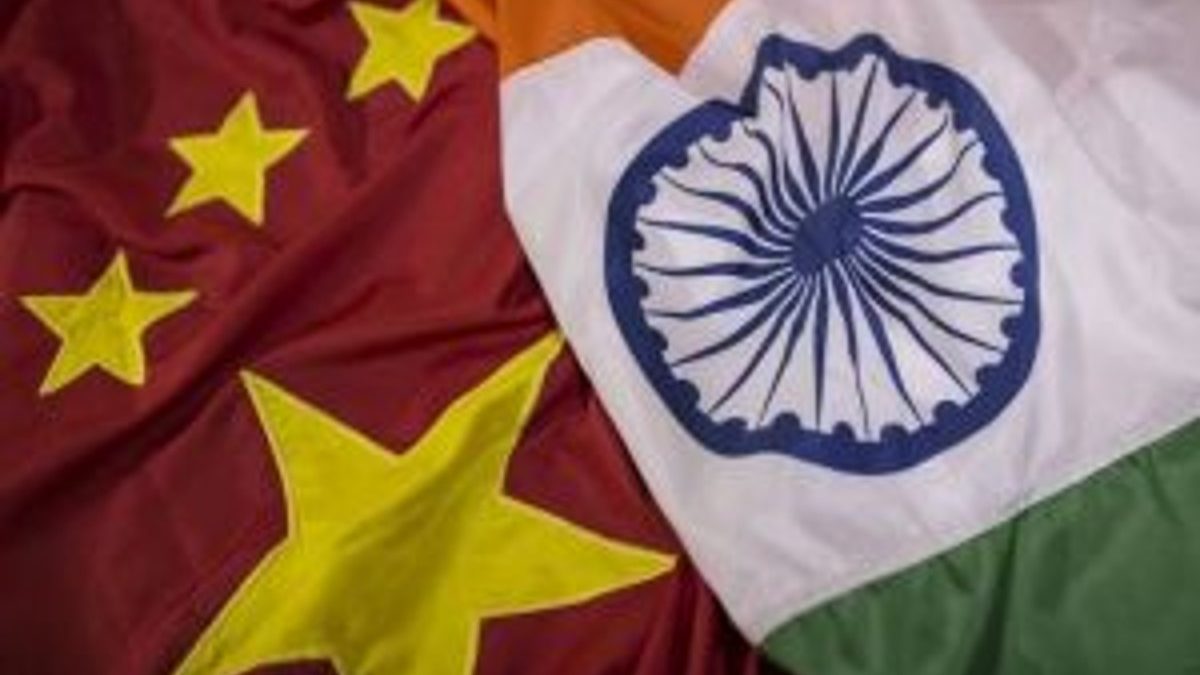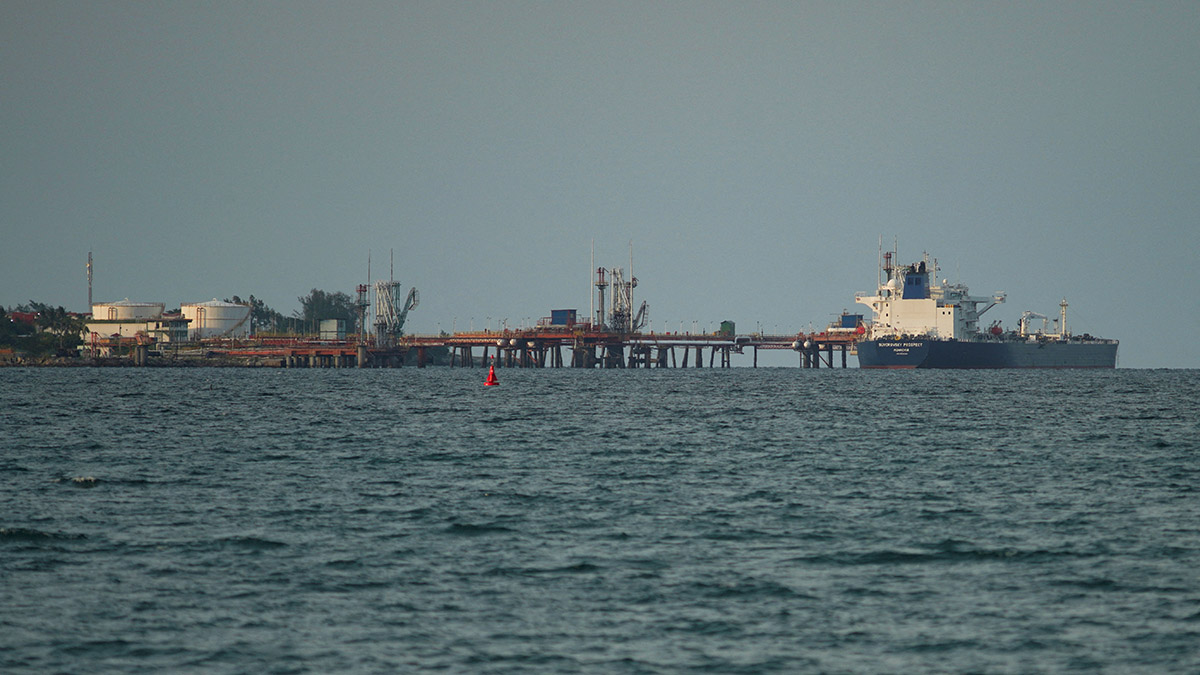Socotra Island is located at the strategic chokepoint of the most critical sea route between the Gulf of Aden and the Arabian Sea linking Asia and Africa in the trans-maritime trade architecture.
The quantum of trade that keeps this route busy is phenomenal. Though a Yemeni territory, its geostrategic importance has attracted both the UAE and Saudi Arabia.
It is located in the south of the Arabian Peninsula and closer to the Horn of Africa. This UNESCO World Heritage Site houses a vibrant and rare biodiversity. Its economy is largely dependent on tourism and the UAE’s funding.
The civil war in Yemen and the Houthi-Saudi confrontations have made the region tense. The UAE has utilised this crisis as an opportunity and anchored its geo-economic and geostrategic interests on the island and established its de facto presence there. Socotra got its governorate status in 2013 and has seen development and connectivity infrastructures through the UAE’s investments.
Connectivity
This brings to the fore the relevant questions: What are the undercurrents of the UAE’s greater game plan and interventionist politics in Socotra that invite reactions from its strong partner and a friendly competitor Saudi Arabia? What makes Socotra a linchpin in the region is its geostrategic positioning?
This gives it the advantage of connecting Asia, Africa, and the Gulf. The port and airport built at Hadiboh with Emirati money make the island a stronghold for Abu Dhabi. The vital importance of this island can be a great game changer in economic, military, and export-import exercises. Therefore, to register its geostrategic and geo-economic relevance in the region, the UAE has built a military base in Socotra. This has added discomfort to the Abu Dhabi-Riyadh relationship. Though not obvious, the tacit discontentment is there nevertheless.
Historically, Socotra has seen political protests and reactions since the Arab Spring. These reactions resulted in Socotra’s transition into a governorate system. The UAE’s support to the pro-secessionist Southern Transitional Council (STC) has helped the former to achieve the desired end. It understands the complexity of the region and the divergent interests embedded in it.
There is no equivocation in the fact that Abu Dhabi wishes to increase its geopolitical clout in the Gulf of Aden, Red Sea, and Horn of Africa because China, France, and the US have already stationed themselves there.
The UAE’s increasing economic might needs geopolitical relevance. This can be achieved through port and economic and military base building. Security and the economy are its main priority. Its bases at Mokha, Aden, Mukalla, and Socotra suggest its Red Sea aspirations and its emergence as a regional player.
Moreover, it uses the southern rebel forces in Yemen to take control of the Yemeni south. It has also developed relations with the countries in East Africa to accelerate its interests in the region to checkmate other regional heavyweights in the region.
Countering China
China has built its military base in Djibouti. It has penetrated the African depth through its Belt and Road Initiative (BRI). The UAE’s growing presence through port development and modernisation is a necessary step to limit Beijing’s strategic outreach in the region. This competition is necessary to promote multilateralism in the Red Sea route, which is one of the crucial passages for global supply chain activities.
But the question arises here is what dividends does India get from the UAE’s increasing geopolitical clout in the region surrounding Socotra? India’s ambitious India- Middle East-Europe Economic Corridor (IMEC), though in the pipeline, will gain massive impetus because of the burgeoning Indo-UAE collaboration.
The project will gain the required acceleration to catapult India to a fairly strong player in the supply chain and manufacturing sectors. It will emerge in the process as an apt competitor to China’s increasing presence in the Red Sea region and East Africa. In the event of collaboration between India and the UAE in Socotra Island, India can exercise check over China’s Gwadar aspirations, part of its ambitious China-Pakistan Economic Corridor (CPEC) to exercise its power over the western segment of the Indian Ocean and its maritime silk route ambitions.
This strategic island can enable India to spread its trade and cultural footprints in West Asia, East Africa, and the Mediterranean world. India’s democratic disposition, welfarism, and the ethos of Vasudhaiva Kutumbakam (The World is One Family) have been seen through its unalloyed generosity in distributing Covid 19 vaccine in African countries when the latter experienced unmanageable vulnerability and dire inadequacies in those critical times. Democracy, justice, and shared success are the cardinal ethics that determine its relationship with other countries.
Historicity
However, historically, India’s Socotra connection is much older and deeper. According to Britannica, the word Socotra is originated from ‘Dvipa – Sakhadara’ meaning ‘Island Abode of Bliss’. Not only in Dvipa - Sakhadara, ancient India had significant trade and cultural footprints in several strategic places of the Indian Ocean region.
However, China’s massive port development projects along the Maritime Silk Road (MSR) architecture at Kyaukpyu (Myanmar), Hambantota (Sri Lanka), Gwadar (Pakistan), Port of Aden (Yemen), Doraleh (Djibouti), Sudan Port (Sudan), Sokhna (Egypt), Lamu, Mombasa (Kenya), Dar es Sallam (Tanzania), Moheli (Comoros Islands), Tamatave (Madagascar)and Piraeus (Greece) denote the likelihood of Chinese brinkmanship in the global maritime space.
Further, Beijing exercises all neo-liberal tactics to develop its strategic ports at Chittagong and Payra (Bangladesh), Bagamoyo (Tanzania), Malacca (Malaysia) while trying to control all critical chokepoints in the Straits of Sunda, Hormuz, Bab el Mandeb, and Gibraltar.
On the other, civilizational linkages and ancient trade routes speak of the great Spice Route, known as the Maritime Silk Road (MSR), which is inextricably interwoven with India, certainly not with China. It is pertinent to mention here that India’s ancient spice route along the west coast ports namely, Barygaza (Bharuch) in Gujarat; Suppara (Sopara), Semylla (Chaul), Mandagora (Bankot), Papaepatme (Dabhol), Malizigara (Rajapur), Aurannoboas (Malvan) in Maharashtra; Nitra, Naura, Tyndis, Muziris in Kerala, etc., were the sprawling trading centres which linked India’s maritime trade through the Red Sea region to ancient Rome.
Way Forward
The 21st century geopolitics needs a paradigm shift in the logic of Alfred Mahan’s The Influence of Sea Power and Nicholas J Spykman’s Rimland Theory which subscribed to the significance of Sea routes as well as the littoral states and their command over critical chokepoints.
In this context, India’s geo-strategic location as well as vast coastlines and its ability to hold its sway over the vital sea links could be the key to reinvigorating its position in the Indian Ocean region.
Further, India needs to steer the trajectory of the trans-maritime trade architecture, given its ancient maritime links and emerging soft power potentials in myriad fields.
The current political dispensation spearheaded by Prime Minister Narendra Modi is working in this direction to reinscribe India’s lost saga of Indian Ocean space. The Socotra formula, if worked out in partnership with the UAE, could be a model in the case of other islands that will give India the required leverage in the Indian Ocean region to create a competitive space, and check China’s overambition and debt diplomacy in the days ahead.
Jajati K Pattnaik is an Associate Professor at the Centre for West Asian Studies, School of International Studies, Jawaharlal Nehru University, New Delhi. Chandan K Panda is an Assistant Professor at Rajiv Gandhi University, Itanagar. The views expressed in the above piece are personal and solely those of the authors. They do not necessarily reflect Firstpost_’s views._
Read all the Latest News , Trending News , Cricket News , Bollywood News , India News and Entertainment News here. Follow us on Facebook , Twitter and Instagram .


)




)
)
)
)
)
)
)
)